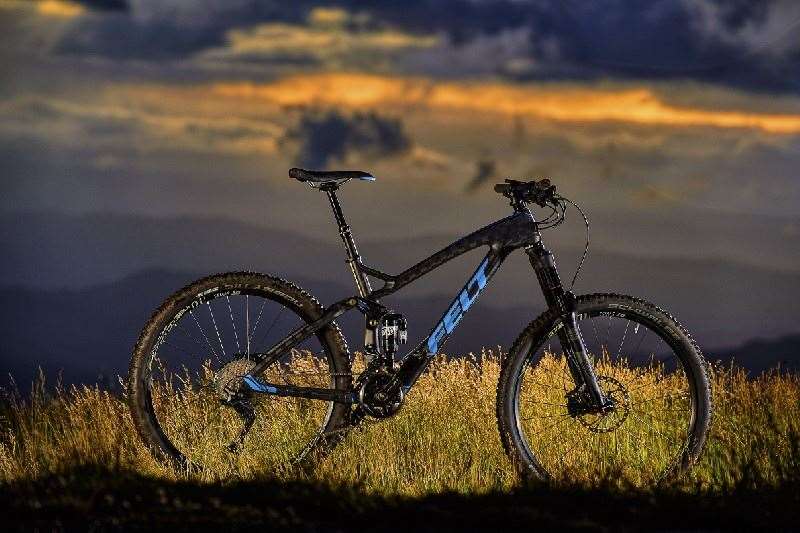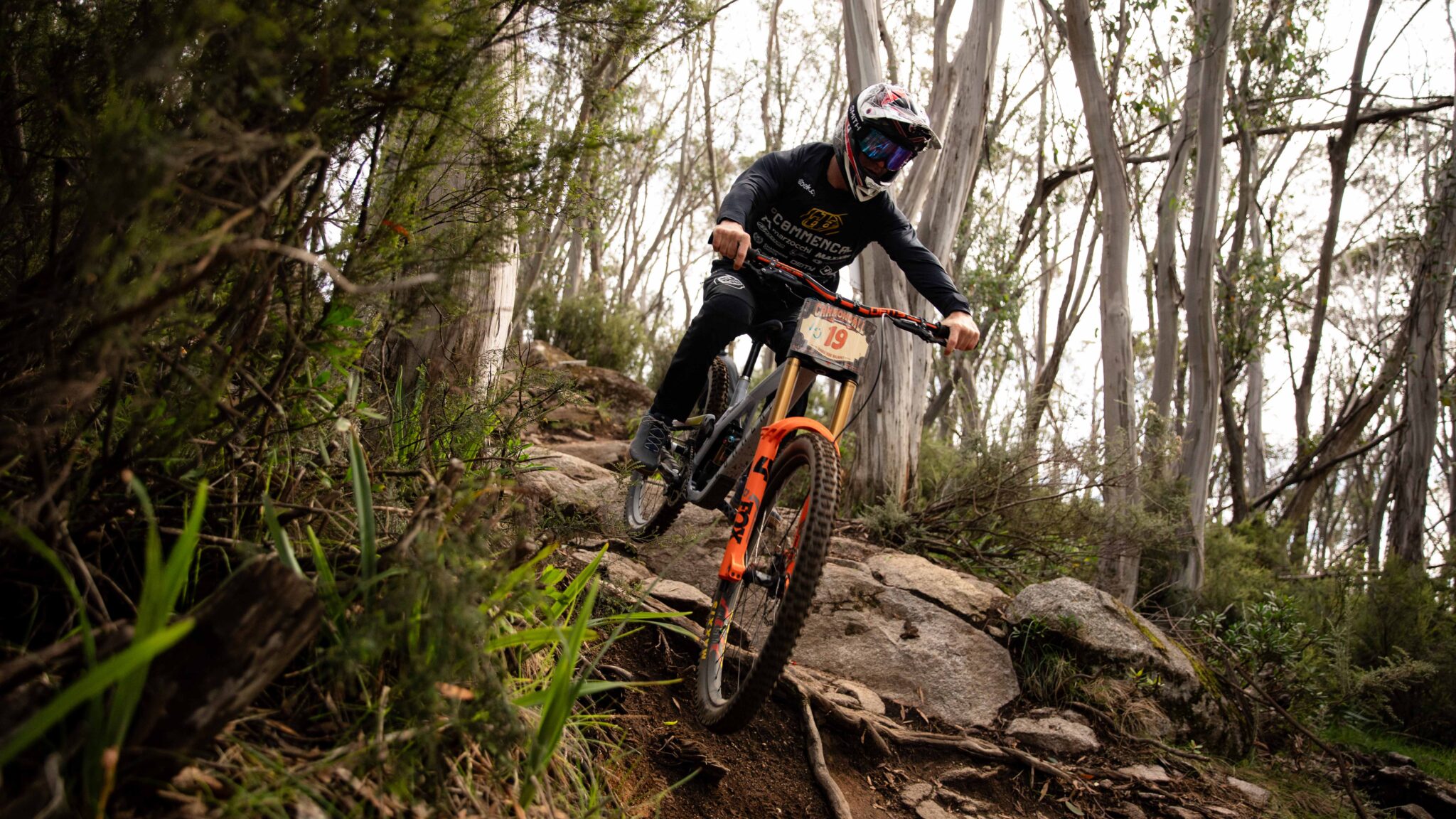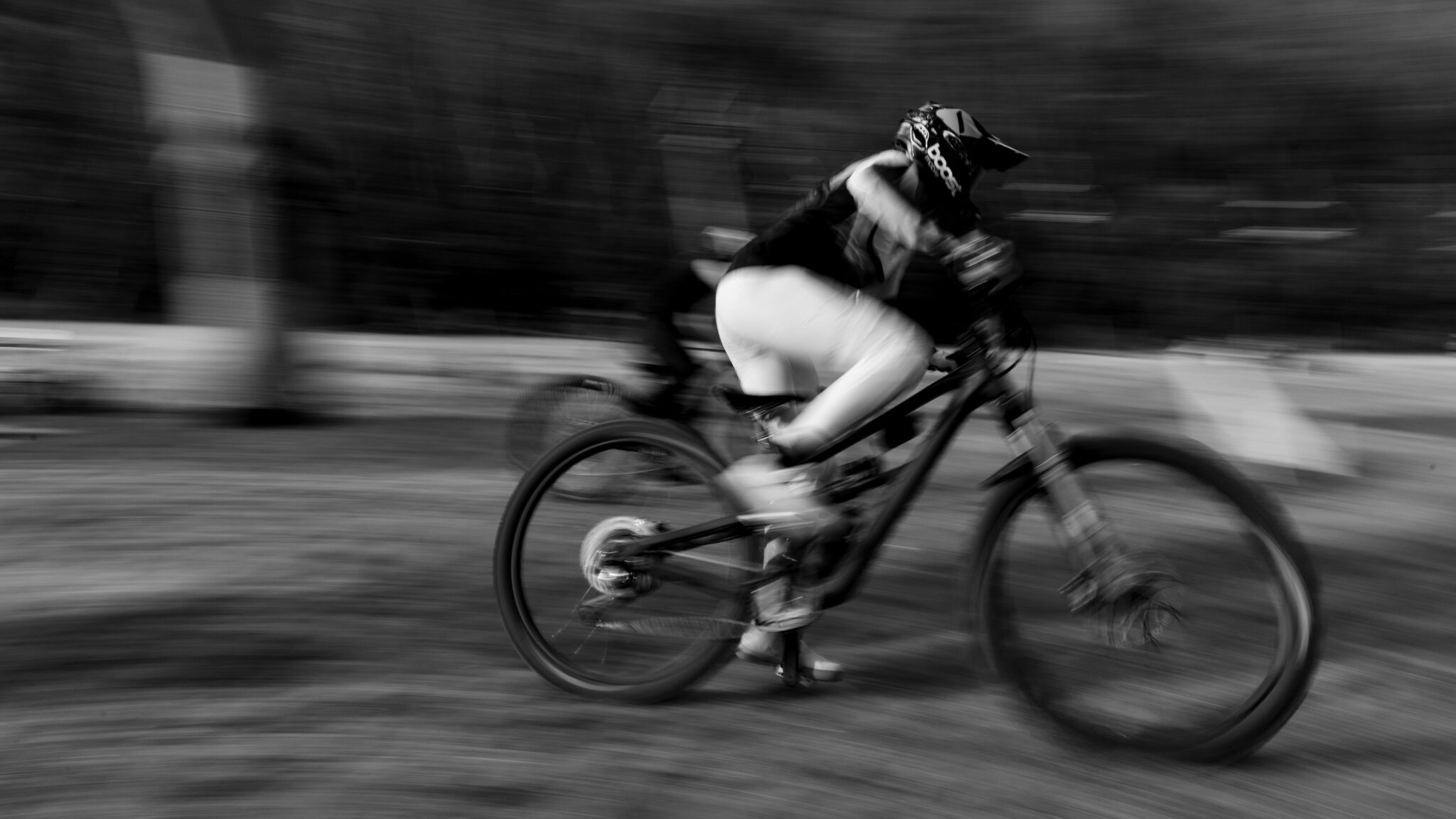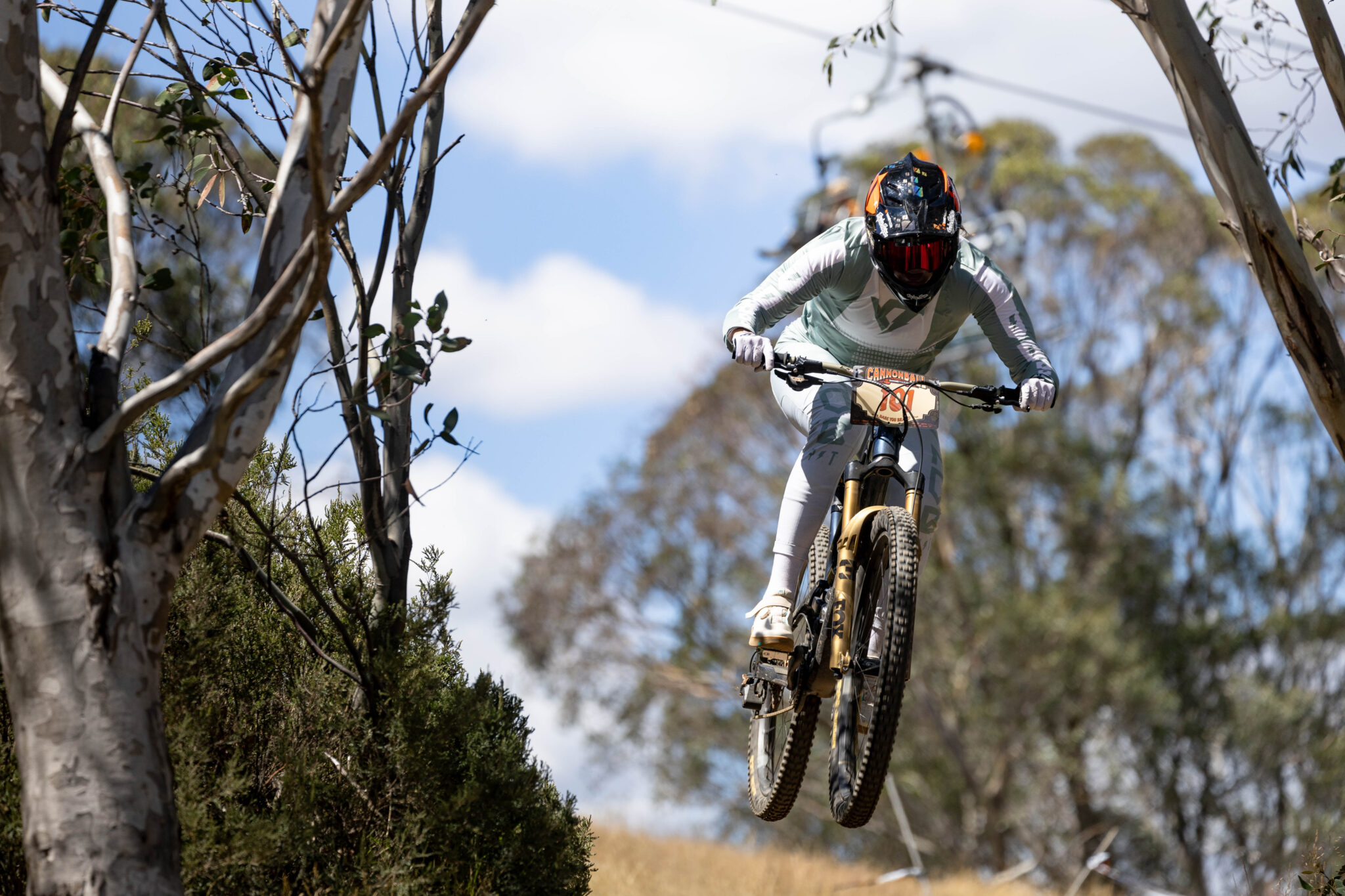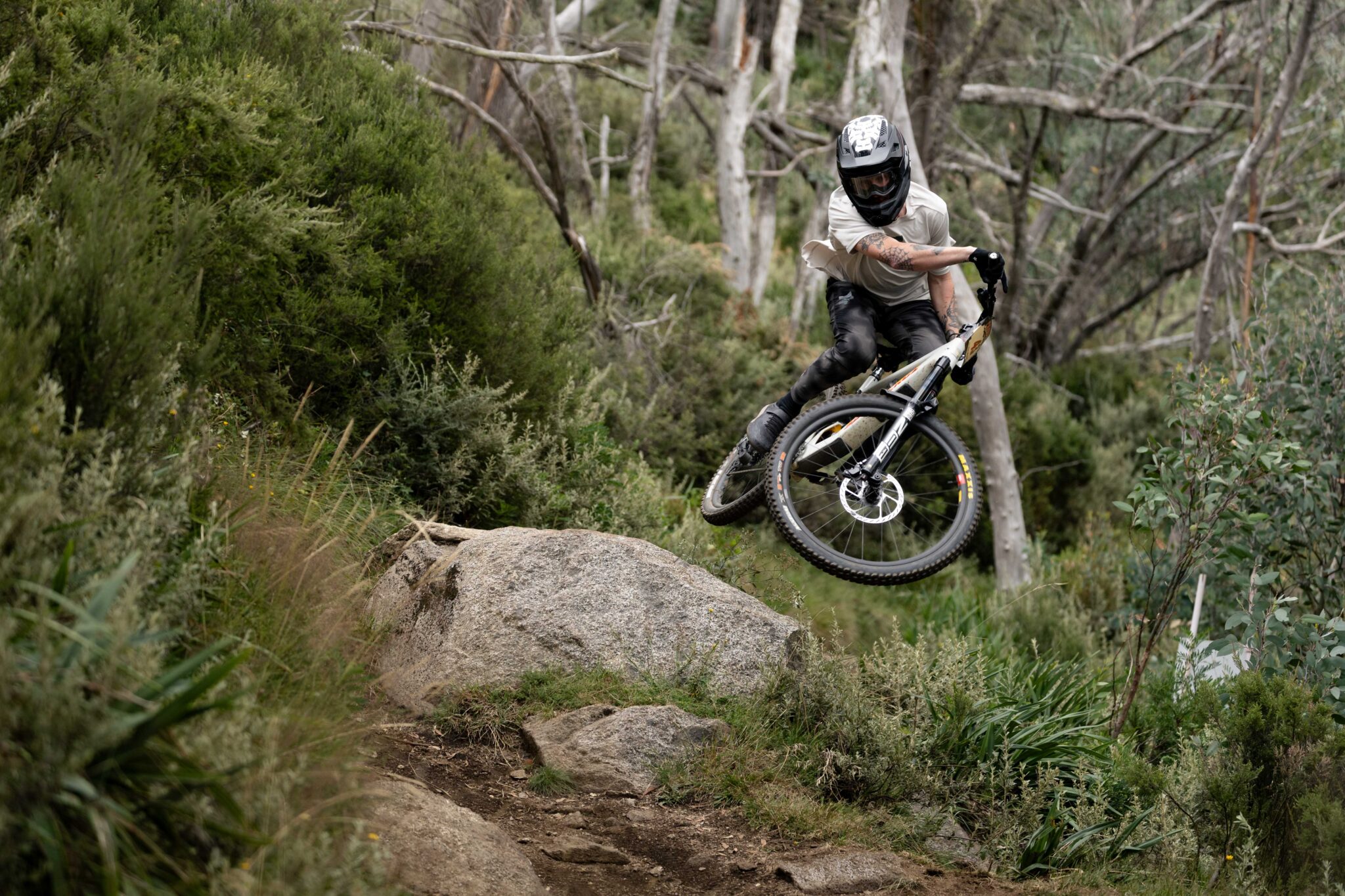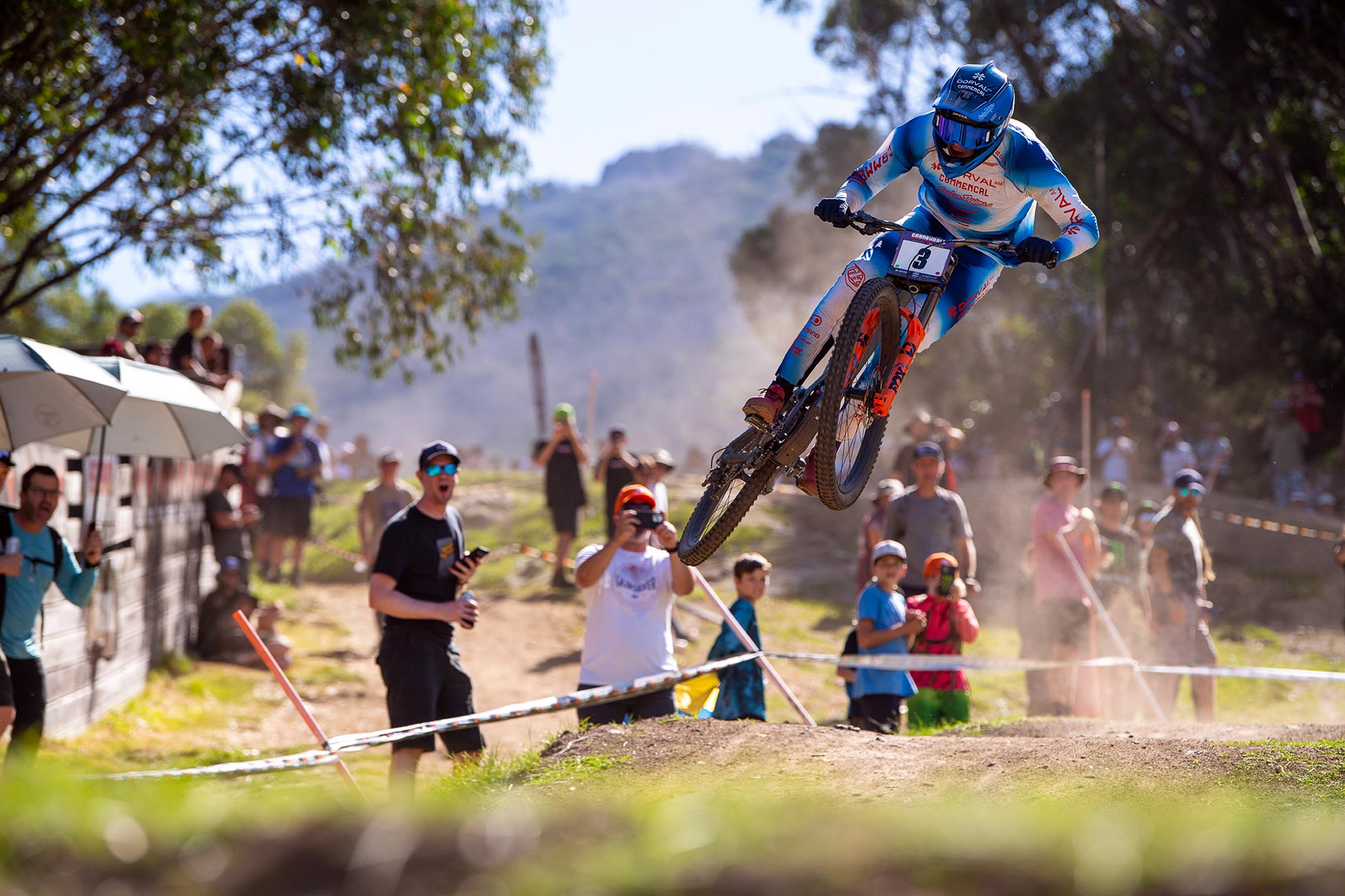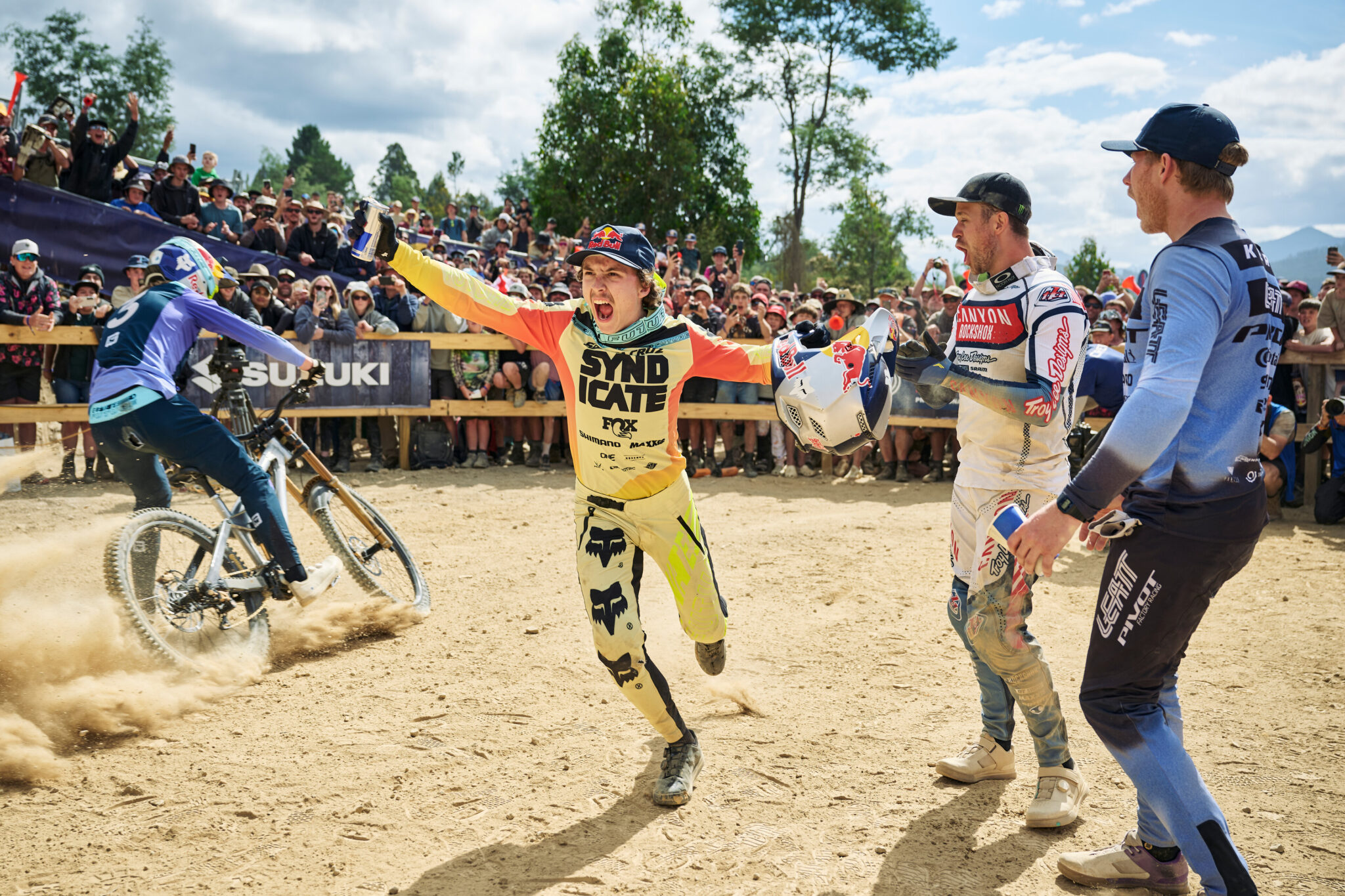Tested: Felt Decree 2
Felt bicycles have been around since 1994, and have a strong presence in the professional road, time trial and triathlon scene, patenting their own carbon miracles and sponsoring pro road team Hincapie.
Felt bicycles have been around since 1994, and have a strong presence in the professional road, time trial and triathlon scene, patenting their own carbon miracles and sponsoring pro road team Hincapie. They even used to sponsor mountain bike powerhouse Paul van der Ploeg internationally, and the Swell Team back home. Felt relaunched in 2001 after a 7 year hiatus and followed the mountain bike boom into production, sponsoring pro XC athletes and making their way into being a respected brand within the MTB scene. The California based company is forward thinking and has recently launched the Decree series as its latest bike to fill the ‘all-mountain/enduro gap that was previously left open by the 130mm/29″ Virtue and the 160mm/27.5″ Compulsion. The Felt Decree arrives fashionably late at the trailhead boasting a plush 140mm of travel, a new suspension technology and the current in vogue 27.5” wheels.
Felt announces it as “The Ultimate Trail Bike”, and have 3 models available in Australia, Decree 2, 3 and 30. We travelled to Mount Buller with the affordable-yet-still-dialled Felt Decree 2 – the all-mountain machine that screams ‘look at me I’m carbon!’, as the first thing you will notice is the fat top tube with the checkerboard carbon layup. Don’t be fooled by its showmanship, the Felt Decree is a surprisingly nimble, versatile trail bike. Full details and specs are available via the Felt website.
First Impressions
Mount Buller Bike Park in Victoria is a favourite location, somewhere I knew I could put it through its paces and really test the limits of its all-mountain capabilities. Buller is steep and unforgiving at times (both up and down) so it was the perfect playground to put the pedalling efficiency to the test with Felt’s FAST technology – (Felt Active Stay Technology).
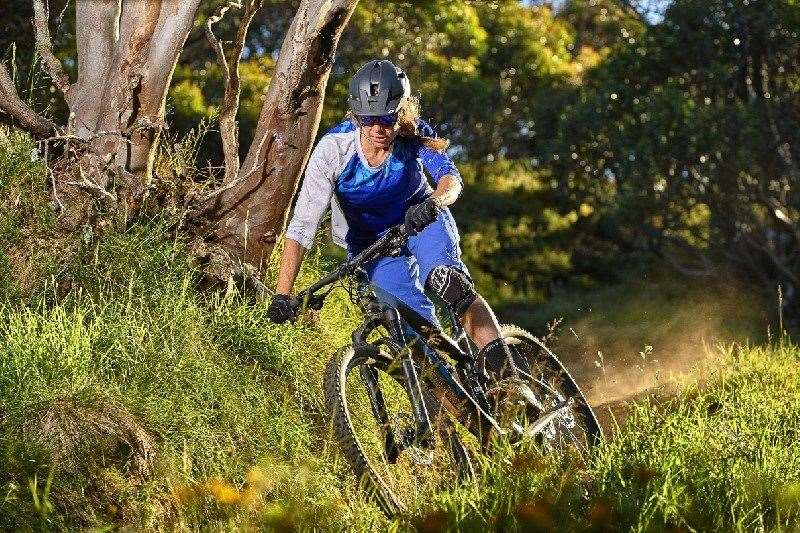
For this model, Felt decided to forgo its usual Equilink set up and remove a pivot on the chainstays altogether. Originally designed for bikes with less than 100mm travel, the FAST system was re-imagined for the trail bike using flexible carbon in place of a pivot to create what Felt describes as a ‘lighter, stiffer and overall snappier experience”. The Decree sees a flexing rear triangle moulded in the 30% sag position, so when under load, the stays want to move toward the flex point, compressing the shock less and allowing you to run reduced compression damping. Another factor that supports impact is a decreasing leverage ratio; this makes it progressively harder to compress the suspension as it moves through the travel, preventing both bottom out and pedal bob. Felt says having the stays absorb the first hit frees up the suspension to have more small bump sensitivity. This is also means that in the absence of rocks and rough terrain there should be no flexion of the stays, allowing a smooth and efficient pedal on flat or ascending trails. For someone like me who usually likes to run quite a stiff rear end, I was impressed by this system, and found it tapped away up the climbs in the perfect manner, ready for the descents where it really counts! For others who want a bit more grunt from their trail bike, or who like to throw it down/off/over larger trail features, it may seem that the full potential of the shock is not being utilised.
On the trail with the Felt Decree
When I first swung a leg the Felt Decree I had the urge to take it to a trail abundant with flowy jump lines to test the responsiveness of the impeccably paired RockShox Pike and Monarch rear shock. I also wanted to get a feel for how the FAST rear triangle would behave under impact.
This bike wants to play! I was hitting all the jump lines first run down (not massive ones mind you, but enough for the discerning mountain biker to test their limits a bit) – which can sometimes be hit and miss on a new bike with a different set up to your own. The relatively low weight meant that I could feel the bike float over little doubles and skip over rocks without having to haul it out of less than ideal line choices. The geometry felt perfectly balanced between slack enough to keep me confident on steep technical trails but not too slack where climbing for hours in order to get to said descent compromised body position and efficiency. The icing on the cake would have been a nice wide set of bars, however with this particular model the 700mm bars didn’t complement the ride. For an all-mountain bike, I would have chosen at least a 740mm bar for optimum handling and confidence. Southcott informed me that due to import regulations, these bikes couldn’t come stock with bars over 700mm. I’m not sure how other brands have managed to get around this. The cockpit set up was let down by the twitchiness of short bars where I felt I couldn’t really dip into Buller’s rollercoaster-esc corners with the same flair as I would with a wider bar. It seems a shame that out of the box Felts nice carbon flat top bars would be discarded in place of something more fitting.
Luckily, the Schwalbe Nobby Nics were superb across a wide variety of surfaces – from loose, flat corners to loamy flow trails and baby-head rock gardens – the grip kept me feeling like I could push it just a little more. The Nobby Nics come tubeless ready – I would recommend doing this before this bike even leaves the workshop. I got a flat on the downhill track, which left me cursing under my breath about how dumb tubes were. Maybe I have been spoilt and am used to running crazy low pressures on rocky gravity trails.
The drivetrain performed as reliably as one would expect a new Shimano XT 2×11 to perform – seamless and smooth. I did feel that on a bike with 140mm of awesome suspension, a 2×11 gearing system seemed a bit of overkill. I found that if and when I did use the granny gear I never found myself going anywhere near the 42 toothed cog on the rear cassette, and when in the big chain ring I also never went near the 42 because it felt wrong to be running a cross chain when the granny gear was just a click away. The narrow bars were already populated with dropper post lever, shifters and brakes, so it would have been cleaner to eliminate the front derailleur and let the wide range 11-speed cassette do the talking. Thankfully it’s easy to do that with M8000, the parts here aren’t 2x specific. A new chain ring and shorter chain will do it.

The cables are all internally routed with entry points at the head tube and exiting near the bottom bracket. There is the option to fit a Di2 setup with removable plugs and a brake cable that can be set up for euro brakes if desired. Although this resulted in a neat design, the cabling produced persistent rattle, which can get annoying when you painstakingly tune everything else to get the quietest ride out of the rest of the bike. Luckily you can configure the cable routing a number of ways. However, this conversion is not too much of a hassle for those who want it, and for those that like a do-it-all bike that still offers a wide range of climbing gears, maybe this is for you.
Shimano XT is pretty fool proof, and Felt did well to choose this group set for this build, it seemed fitting for the overall price and purpose.
Overall
The Decree really is an ode to the sum of its parts, matching great suspension, a bombproof group set and solid wheels to a quality frame. Nothing really let me down while attacking the trails of Mt Buller that I’ve ridden for years. While pitched as a trail bike, the Decree struck me more as a shorter travel gravity bike where taking it on long climbs would only be tolerated as a way to get to the descents where the Decree really shines. But if you endure the climbs to really let go on the descents – this could be just the bike you’re after.
Three things I liked about the bike
- A low overall weight.
- Great suspension set up.
- Stiff rear end for good handling.
Three things I would change
- Make the 2 x 11 drivetrain a 1×11.
- The narrow bars – upgrade at your shop.
- The saddle – but that’s personal.
Photographer: Andrew ‘rails’ Railton

